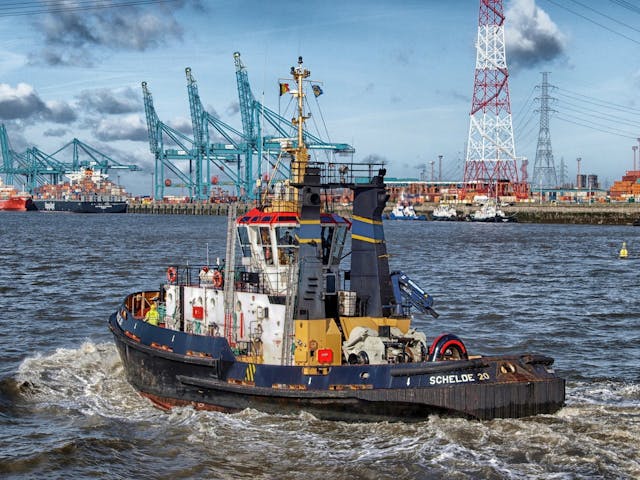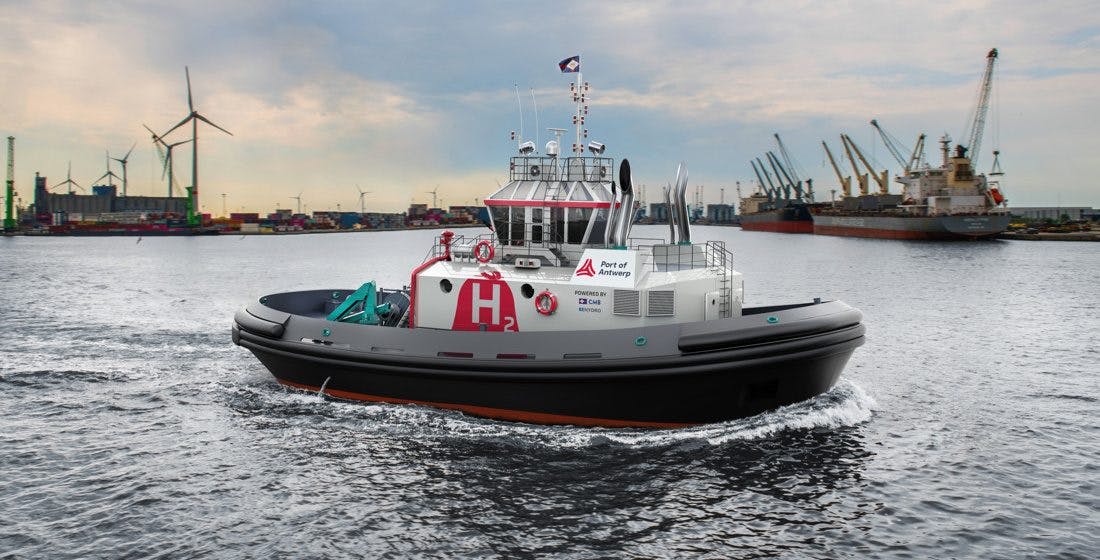Improved Predictability to Strengthen Service
The Port of Antwerp and ORTEC have worked together intensively on several Data Analytics projects. As the second largest port in Europe, the Port of Antwerp is a true global player in the marine industry. To continuously improve its services, it integrates predictive models into its operations.
Predicting the Optimal Number of Tugboats
To safely berth ocean-going vessels in the Port of Antwerp, powerful tugs with experienced crews maneuver them on De Schelde and into the docks. An initial Data Analytics project aimed to better predict the number of tugs needed by a ship based on historical data. "The predictive model was developed internally. We called upon ORTEC's expertise to integrate the model into our own operational systems based on the MLOps principle", explains Jan Meskens, Data Platform Owner at the Port of Antwerp.
Improved Port Operations
Bringing an AI model into production is a complex matter. That is why we set up a Highway to Production together, which the Port of Antwerp can also use in future Data Analytics projects. In this way, the port can display the by Machine Learning generated data in its own systems and use it to make data-driven decisions. The technologies used included Apache, Kafka, Kubernetes and Argo Workflows.

Pieter Van Bouwel, Lead Data Scientist at the Port of Antwerp
"We wanted to determine the arrival times of ships more accurately by means of a mathematical model"
Getting a Better Understanding of Ship Arrival Times
An efficient port ensures the rapid handling of loading and unloading of ships. It is important to know when ships arrive at the North Sea, so that they can be accompanied through sea and river and enter the port. However, these arrival times are not sufficiently known. That is why the Port of Antwerp has launched a Data Analytics project. "We wanted to determine the arrival times of ships more accurately by means of a mathematical model," says Pieter Van Bouwel, Lead Data Scientist at the Port of Antwerp. "So, we called upon ORTEC's expertise”. An experienced Data Scientist from ORTEC started working with the available data and created a machine learning model that accurately predicts the arrival times of ships. The port planners can now work with the results of the model to make better choices in terms of safety, mobility, and sustainability.
